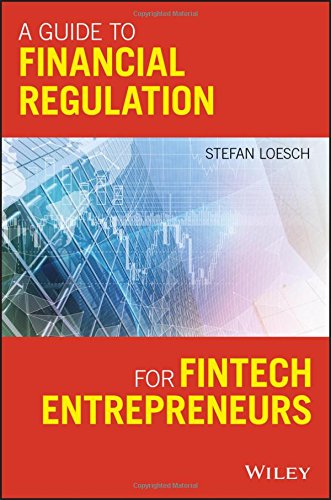

Most ebook files are in PDF format, so you can easily read them using various software such as Foxit Reader or directly on the Google Chrome browser.
Some ebook files are released by publishers in other formats such as .awz, .mobi, .epub, .fb2, etc. You may need to install specific software to read these formats on mobile/PC, such as Calibre.
Please read the tutorial at this link: https://ebookbell.com/faq
We offer FREE conversion to the popular formats you request; however, this may take some time. Therefore, right after payment, please email us, and we will try to provide the service as quickly as possible.
For some exceptional file formats or broken links (if any), please refrain from opening any disputes. Instead, email us first, and we will try to assist within a maximum of 6 hours.
EbookBell Team

0.0
0 reviewsThe Fintech Entrepreneur’s Guide to Regulation and Regulatory Strategy
Fintech has been growing dramatically over the last few years, and it is now an important sector in its own right. This means that Fintech companies, who could so far often rely on a comparatively lenient regulatory regime, will now have to give serious thoughts on compliance with applicable regulatory rules.
Operating in a highly regulated environment is tedious, but not all bad—companies that can play the regulatory game well have a strategic advantage, especially with regard to time-to-market and scaling. Nothing spells missed opportunity like a competitor building market share with a copycat product whilst you are still waiting for your license!
Written for professionals, this book helps anyone whose job has to do with formulating or executing a Fintech startup strategy or whose job touches financial services regulation, or anyone who simply wants an easy- to-read introduction to financial services and their regulation.
The first part introduces financial services regulation, its purpose, how it is created (especially in the EU and in the US), and it develops a framework for including regulations into the strategic planning of a company. It also gives a rundown of the current financial services space—players and products—and its key regulations. The second part describes a regulatory system in more detail. The system chosen is the EU because it is more consistent and unified than the US system where a lot of the regulation still is created at the state-level. However, as most financial regulation nowadays is determined at the global level, the principles found in EU regulation will be by and large also be found the US and other systems.